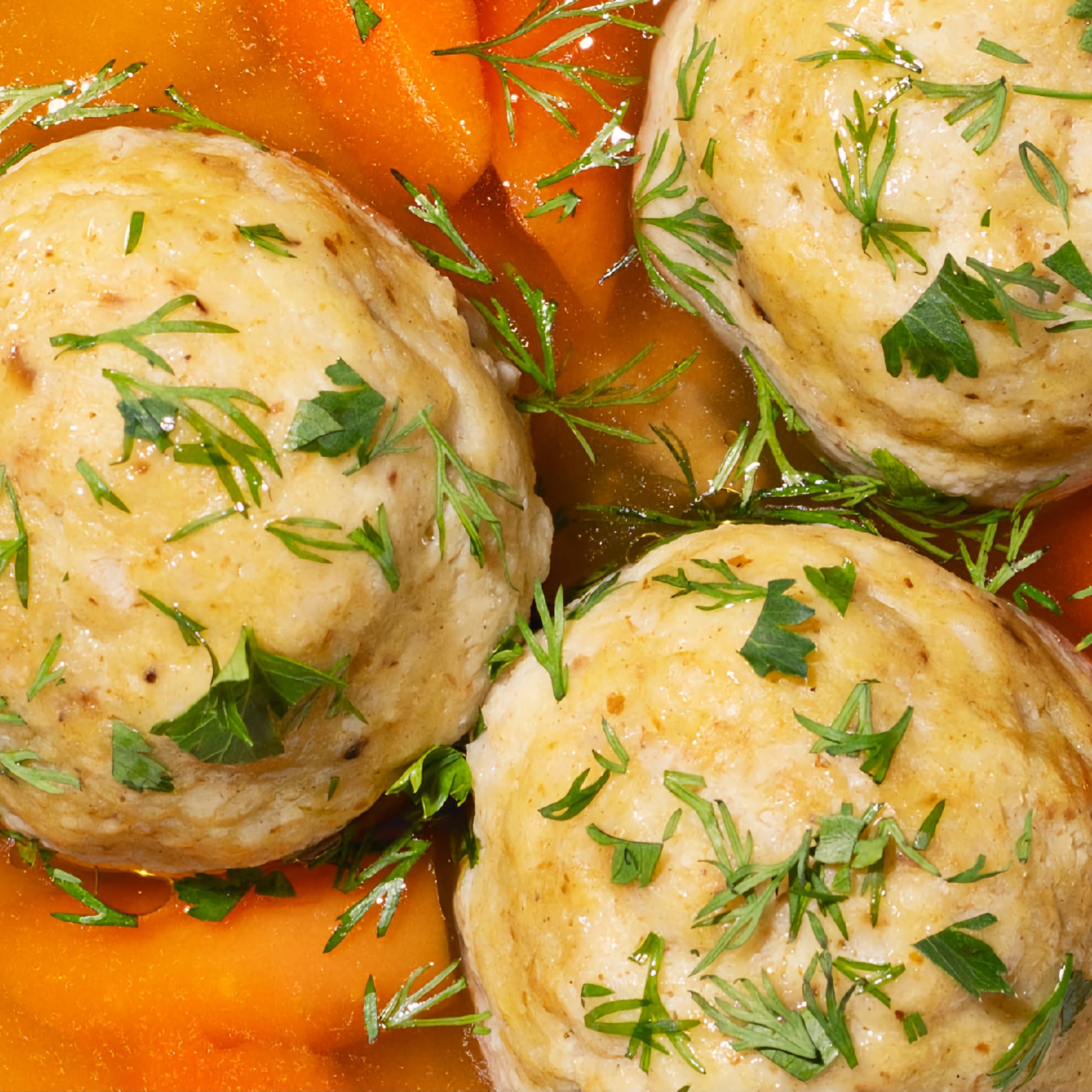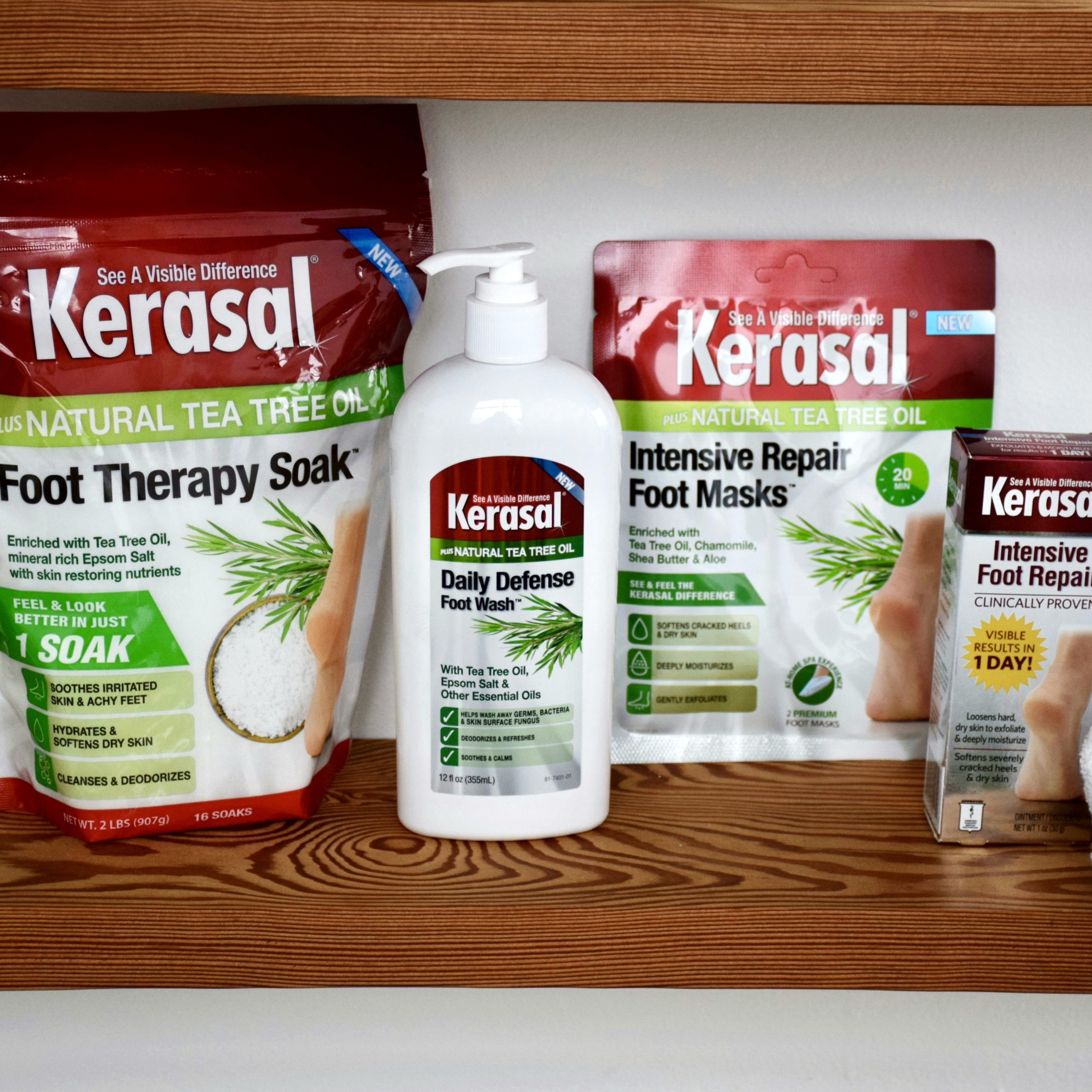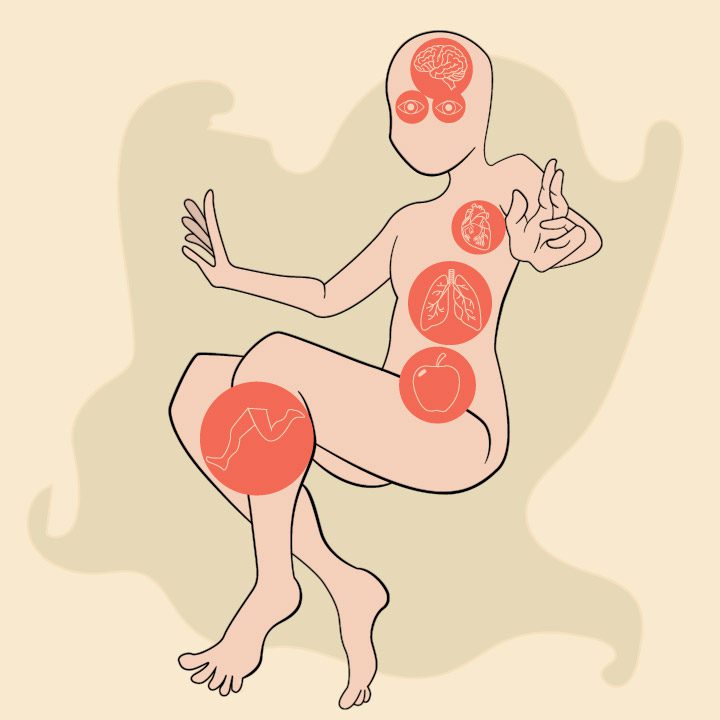There is no excerpt because this is a protected post.
Posts tagged with "health"

Pyometra in Pets
Providing a home for a furry friend can bring an abundance of love into the lives of owners. Many pet owners want to provide the best care possible for their dog or cat, but in order to do this, a key factor is remaining educated. Many know that spaying and neutering are common procedures for household animals, but what exactly are these procedures and what are their benefits?

Summer Body Tips
Achieving your summer body isn’t as hard as we think, and usually starts with making simple lifestyle changes. No matter how far you are from your end goal, you need to start NOW!.

Manischewitz Kosher Products
Manischewitz®, the leading kosher brand for over 130 years, announces a major ‘rebrand’ with a bold fresh look and feel across the product line and new products, just in time for the 2024 Passover Season which begins April 22nd and culminates April 30th.

Celebrities, They’re Just Like Us: Fungus and All
In the glitzy world of Hollywood, where stars shine brighter than diamonds on a red carpet, it’s easy to forget that behind the glamour and fame, celebrities are just as susceptible to life’s little inconveniences as the rest of us.

How to Firm Up After Shedding Pounds
You’ve finally achieved your desired weight after hard work and dedication!

JSCREEN HIGHLIGHTS RAD51D
JScreen, a national non-profit public health initiative dedicated to preventing genetic diseases and hereditary cancer, encourages the public to learn about triple-negative breast cancer.

Dr. Darren Burke’s Top 5 Tips
Dr. Darren Burke, an esteemed Assistant Professor in the School of Psychology in the USA, shares his wealth of experience and imparts essential advice for aspiring psychologists.



MOTS-c Peptide: Insulin Resistance Research
Studies suggest that peptides are amino acid chains that may serve important roles in various biological activities. Recently, mitochondrial ORF of the 12S rRNA type-c (MOTS-c) peptide has emerged as a promising compound in mitochondrial research.


Unlocking the Power
When it comes to maintaining optimal health and well-being, how you fuel yourself while on the road plays a crucial role.





